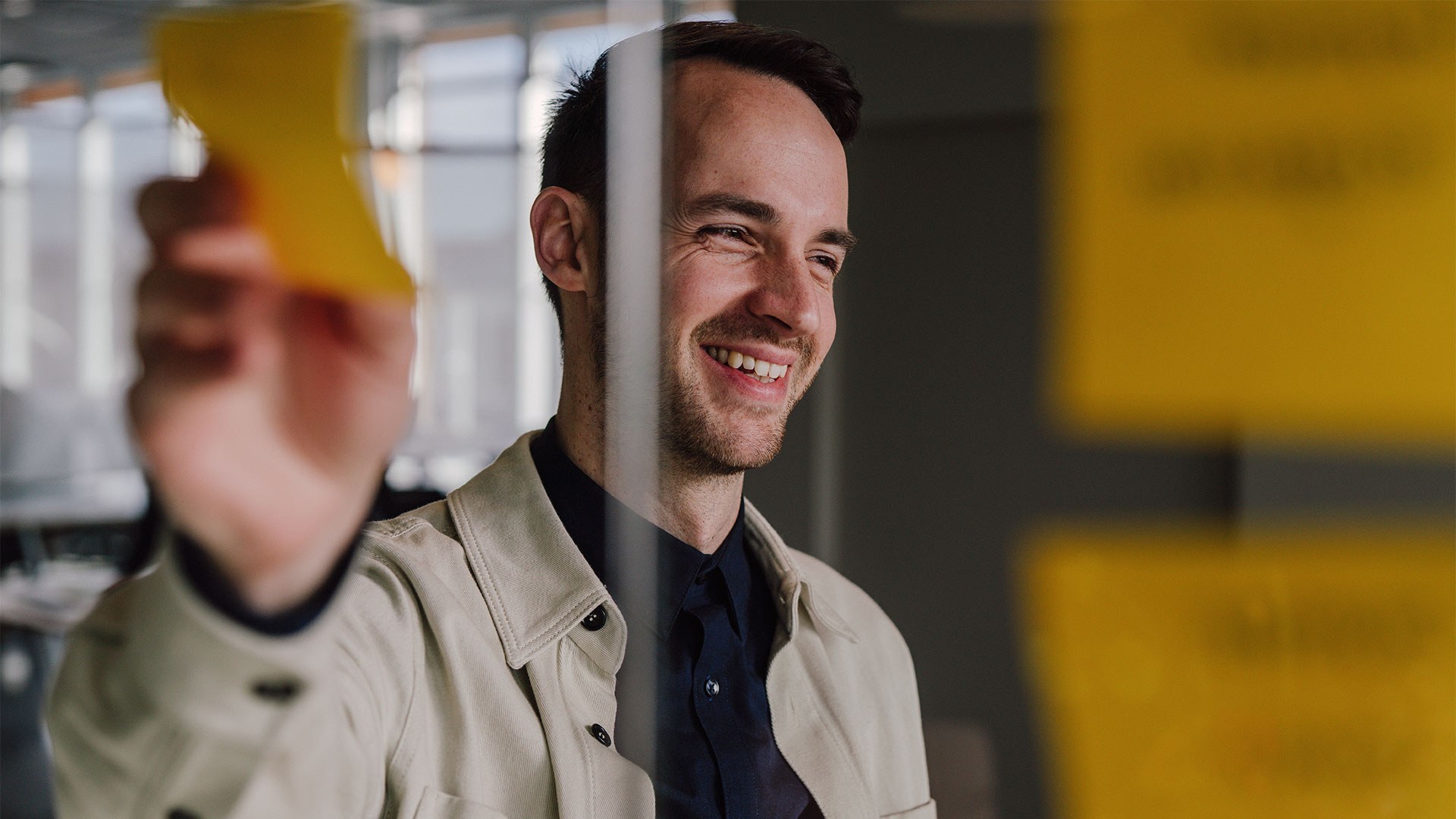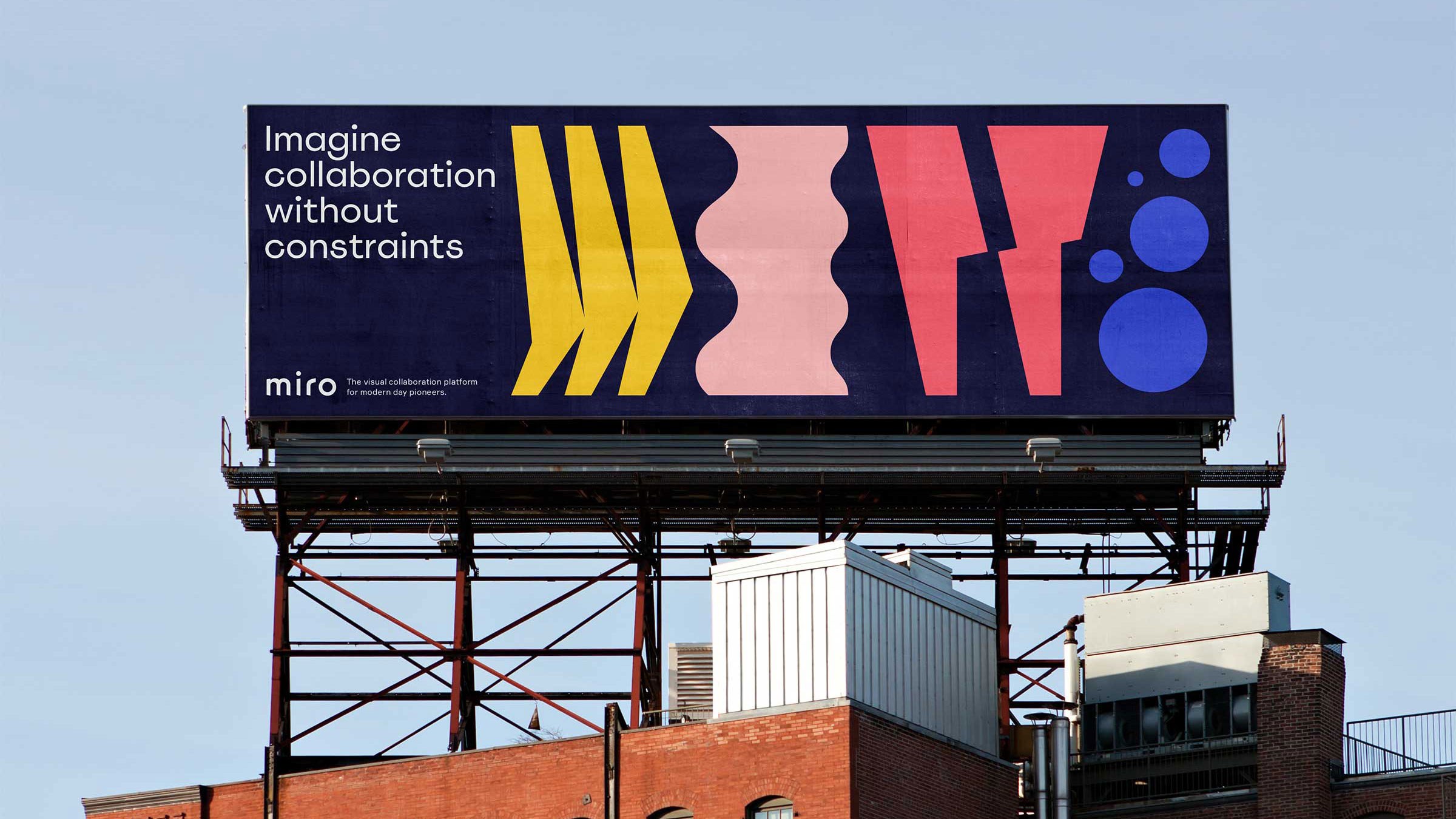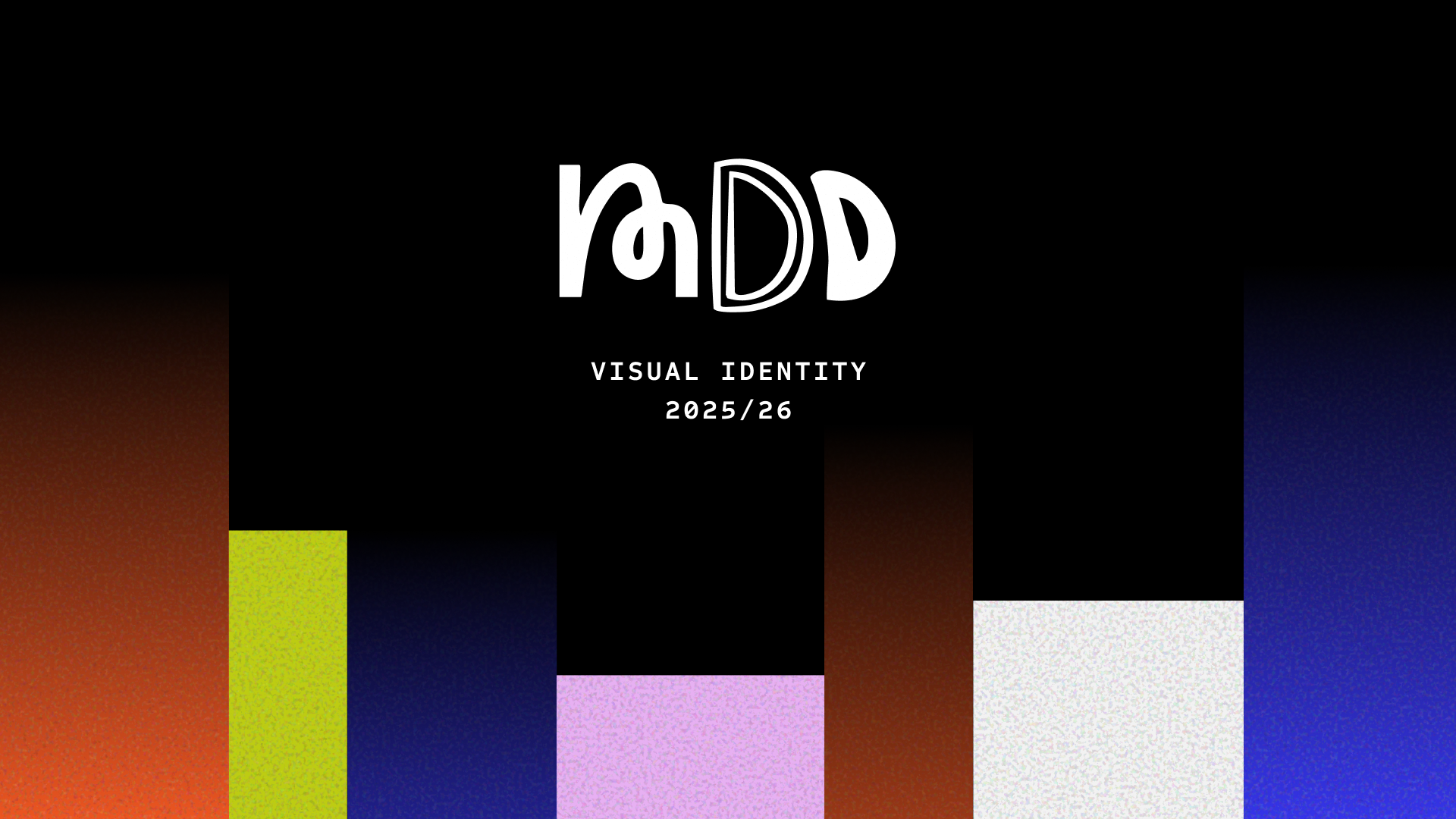Interview Rindor Golverdingen: “Because we're Dutch, we can be bold and say things like they are.”

If there’s something Verve (formerly known as Vruchtvlees) is proud of is its strong roots in Dutch Design. “We believe in creating outspoken design,” says co-founder Rindor Golverdingen. A boldness that translates not only in the way they design but also how they work.
In just a matter of a few years, Verve by Vruchtvlees went from being a small t-shirt design studio to one of the most sought-after digital agencies in The Netherlands. As they prepare to launch for a new adventure and become more international, co-founder and Creative Director Rindor Golverdingen sat down with our student Robin Tepe to talk about the challenges of now and the plans ahead.
The team at Verve is comparable to a sports team. We help each other and have big ambitions.
Robin: What are the characteristics of a Verve team?
Rindor: The team is our main asset at Verve because it’s the people that work for a company who create the brand. Our culture's compass is based on three core values: we sense, we challenge, and we love. These values do not only apply to our culture but translate into a wide variety of aspects, such as how we select work and clients. I would argue that the team at Verve is comparable to a sports team. We help each other and have big ambitions, which drives our performance. Besides these core values and sports characteristics, we are also looking into a personal connection. I believe this is necessary for a team to bond, as people spend a lot of time together.
Robin: How do you maintain that bonding now when a lot of interaction happens online?
Rindor: I would say that the main challenge regarding remote work is the lack of in-between-work moments, where you would, for example, grab a coffee and have a chat with a colleague. We try hard to imitate these moments with initiatives such as vlogs, remote drinks, game hosts, beer tasting and other events to enhance the personal connection. It's undoubtedly not as good as an office environment but it helps us overcome this time. Additionally, because we faced this problem collaboratively, it brought the team even more together by tackling this challenge.
Robin: Do you see potential in a more hybrid environment, a mix of online and office?
Rindor: After we are permitted to work physically together again, I think there will be a hybrid environment. According to scientific research, people tend to do their best work when choosing where to do it. We also experienced this between the two lockdowns, where a limited number of people could work at the office. Because people now had the choice on which location they could do their work at their best, there was a positive vibe on both ends of the spectrum.
I always try to aim for a nine or ten, rather than a seven.
Robin: You’re co-founder and creative director. How much are you involved in the design process as the agency’s co-founder?
Rindor: It's kind of a challenging combination, actually. A particular management role is attached to being a co-founder, mainly regarding incentives that are different from an employed creative director. For example, a creative director would mostly focus on the highest possible quality output, while I also need to keep track of hours, alignment, budget and if the client would fit our company. As a creative director, I'm highly involved in the design process. I focus on facilitating sessions and meetings with the team and our clients. I don't practice design myself, but provide designers with feedback and try to deeply understand the client's wishes. Within my role, I also keep an eye on the bigger picture and responsibility we have, while a designer would focus more on the single tasks they fulfil. As described in our core values, I want to challenge myself and the team. As a creative director, I make sure we do the best work we possibly can, and I always try to aim for a nine or ten, rather than a seven.
Robin: As you said yourself, as a Creative Director, you don’t design anymore. Is that something you miss?
Rindor: I get really excited by joining the process of designers, but not actually doing the design work. My role is to brainstorm about the ideas and the concepts and provide insights from the clients. I wasn't the best designer myself [laughs], so the speed and quality would not be equalled with those of the team.
Robin: What would you say is the reason why clients choose Verve instead of other agencies?
Rindor: I think the reason that clients want to collaborate with us lies within our core values as we believe in creating an outspoken design. This can differentiate brands from their competitors and doing so requires a level of ambition where we also identify ourselves with. This kind of ambition can mostly be found at commercial scale-ups. Our strategy is to dive deep into the organisation's core DNA and translate these values into an outspoken identity that is touching our roots of Dutch design.
Robin: Now, you want to take Verve more internationally. What are the most considerable challenges to achieving this?
Rindor: At Verve, we like to dream big, and our goal is to become the world's number one branding agency. We're already working for international clients, such as with the Miro rebranding project. Because of this client and the growth it gained after the rebranding, we're now on the same level together with agencies we were previously inspired by. To grow, we need to work for top clients and hire talent at strategic locations outside of The Hague. A company faces challenges in every phase of growth. For example, we're now with twenty-five people, and we need to create mid-level management layers to maintain our focus. The main challenge of growing always comes down to hiring the best people at the right moment.
Robin: Verve states that it's rooted in Dutch design. Will this core value be kept when your focus becomes more international?
Rindor: The Dutch design heritage comes down to a particular vision and way of working, which is part of our brand. Because we're Dutch, we can be bold and say things like they are. People in our team can also detach feedback on their work from their personal values and feelings, which helps them become better as a designer. If we would open offices abroad, we could even send some of our Dutch people to ensure we maintain our characteristics there.

Photo of Rindor by Jordi Huisman.
This interview has been made possible with the support of Dutch Digital Design which co-organized a series of events with the Master Digital Design.

